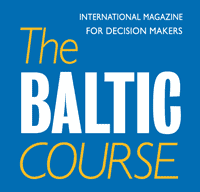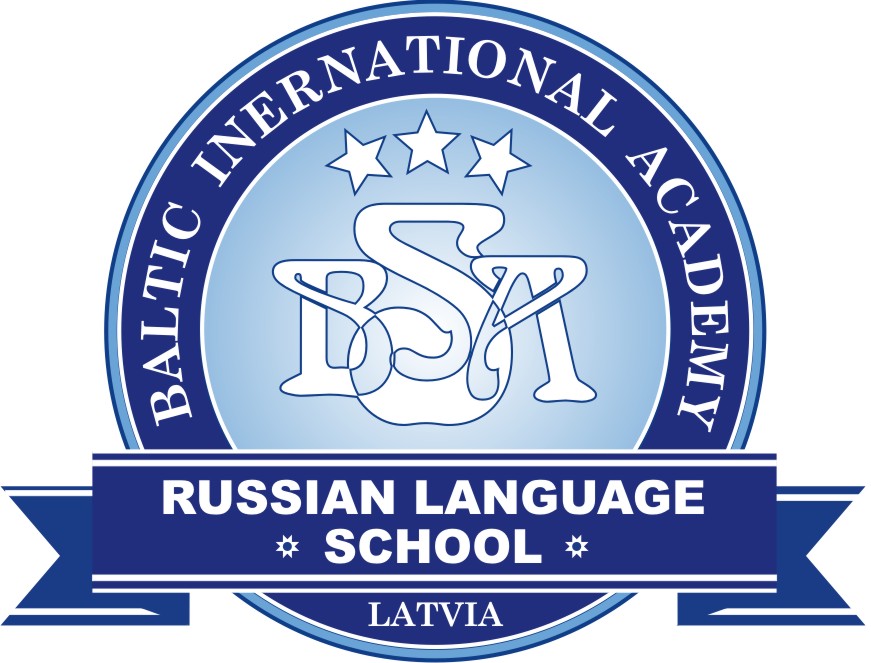Estonia, Forum, Tourism
International Internet Magazine. Baltic States news & analytics
Monday, 30.12.2024, 18:16
Viljandi, Põlva County and Avinurme tourist destinations got to the final round of “Undiscovered treasures of Estonia”
 Print version
Print version |
|---|
| castle Viljandi. |
"Viljandi is known for the preservation of heritage. In addition to the recently opened Kultuuriait (Culture Barn), where all who wish to can take music lessons, the committee was deeply impressed by the Kondas Centre with its impressive work in collecting and exhibiting naivistic art,” said Marje Baunbrück, Deputy Director of the Tourist Board of Enterprise Estonia.
“Põlva County is known for its beautiful nature spots. The Piusa caves are only one example. The Estonian Road Museum and the great interest of local people in exploring and introducing their identity are also exciting,” Braunbrück said.
“The people of Avinurme also know how to preserve and pass on the habits and handicraft skills of their home. The locally produced wooden chip baskets are a good memory of the clean and cosy country town where singing and dancing women are an organic part of local social life and where the flax museum is located, as well. The ability of the people of Avinurme to introduce their country town in a captivating manner was also recognised," said Braunbrück describing the path taken by Avinurme to the final.
The committee regarded the activities of Mustjala Rural Municipality, in Saaremaa, towards introducing its cultural heritage, as being worthy of a separate mention.
All three tourist destinations will introduce themselves to the international jury on 27 May at the House of the Brotherhood of the Blackheads in Tallinn, and the jury will select the “Undiscovered treasure of Estonia,” i.e., the most exciting tourist destination of the year.
The competition “Undiscovered treasures of Estonia” is related to the project “European Tourist Destinations of Excellence” (EDEN) of the European Commission, and is being organised in Estonia for the first time.
Regional tourism associations, non-government organisations that promote tourism on a local level, local government units and county governments, were welcome to participate in the competition. A participating organisation must have the means for managing and implementing the project, and be able to take direct responsibility for preparing and managing the initiative, not acting as a mediator.
“European Tourist Destinations of Excellence” (EDEN) is a project initiated in 2006 by the European Commission for the better use of the tourism potential of the Member States. Last year, 10 countries participated in the competition; this year, the number is 18, including Estonia.








 «The Baltic Course» Is Sold and Stays in Business!
«The Baltic Course» Is Sold and Stays in Business!

